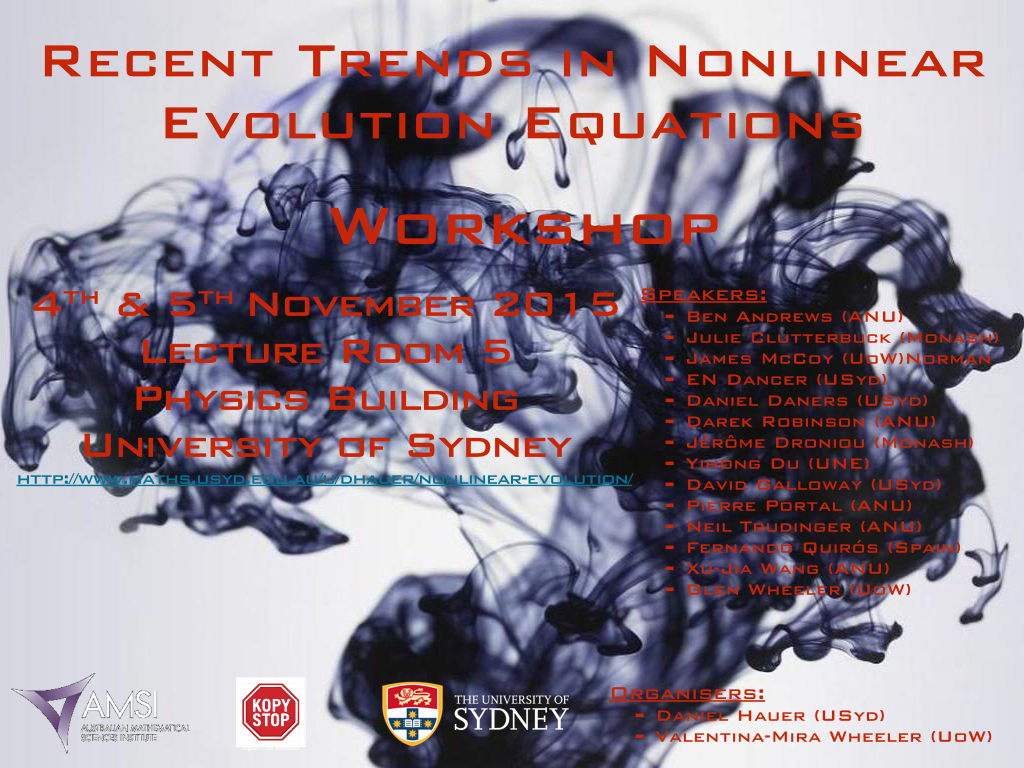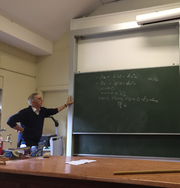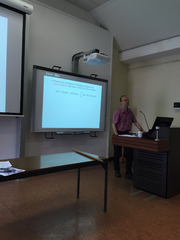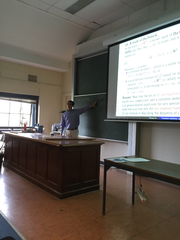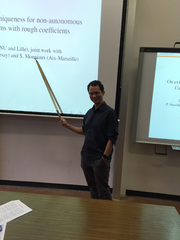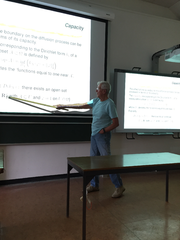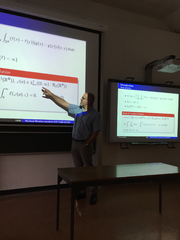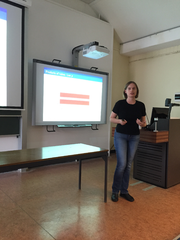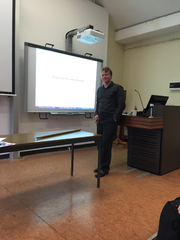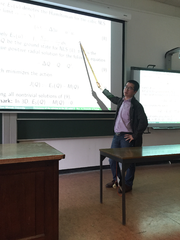Recent Trends in Nonlinear Evolution Equations
In recent years, there has been spectacular progress in the study of nonlinear diffusion equations and geometric flows. The fundamental aim of this workshop is to showcase these advances. Key challenges for the future that we target include the quantitative analysis of the dynamics of solutions arising from flows generated by deterministic, nondeterministic, and geometric evolution equations.
Tentative list of guest speakers of this workshop include:
- Ben Andrews (Australian National University)
- Yann Bernard (Monash University)
- Julie Clutterbuck (Monash University)
- James McCoy (University of Wollongong)
- EN Dancer (University of Sydney)
- Daniel Daners (University of Sydney)
- Jérôme Droniou (Monash University)
- Weiwei Ding (University of New England)
- Yihong Du (University of New England)
- David Galloway (University of Sydney)
- Zihua Guo (Monash University)
- Andree Lischewski (University of Adelaide)
- Pierre Portal (Australian National University)
- Fernando Quirós (Universidad Autónoma de Madrid, Spain)
- Derek Robinson (Australian National University)
- Melissa Tacy (University of Adelaide)
- Neil Trudinger (Australian National University)
- Xu-Jia Wang (Australian National University)
- Glen Wheeler (University of Wollongong)
|
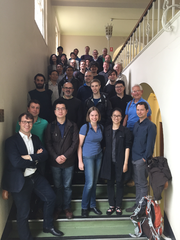
|
During the two day workshop, talks from both communities are intertwined, serving to highlight salient ideas, proofs and questions, which are important fertile ground for pushing forward research in Australia and world-wide. In particular, this event has the intention to give PhD students and early career researchers the opportunity to meet some of the leading experts in the field of geometric evolution equations and nonlinear evolution equations. Every interested researcher is invited to attend and participate at this event. Please use Eventbrite to register for this workshop if you would like to attend (free). The Conference Dinner is on Wednesday evening (4 November 2015). If you want to attend the conference dinner, then please register for the dinner ($15 for Phd students and early career researchers, $30 for general participants). AMSI supports students and early career researchers without access to a suitable research grant or other sources, see below for further information.
|
Venue
University of Sydney: Lecture Room 5, Physics Building. See also the information on how to get there.
Program
Abstracts of Talks
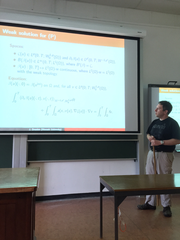 | Uniform-in-time stability result for doubly degenerate parabolic equationsJérôme Droniou (Monash University, Melbourne) AbstractJoint work with Robert Eymard (University Paris-Est Marne-la-Vallée) and Kyle Talbot (Monash University). We consider a class of doubly degenerate parabolic equations
with homogeneous Dirichlet boundary conditions. The functions and are Lipschitz-continuous and non-decreasing, but may contain plateaux. The operator is a Leray–Lions operator acting on , and is defined by . Particular cases of (1) are: ∙ Richards’ model of groundwater flow: . Here, is the pressure and is the saturation. ∙ Stefan’s model of melting material: . Here, is the internal energy and is the temperature. ∙ Leray–Lions equations, with prototype the -Laplace equation: . Such models are involved in non-Newtonian filtration. Here, .We present a stability result for the solutions of (1) under perturbations of the data , that is: if converge as to in a natural sense, and if is a solution to (1) with , then solution to (1). As usual, this stability result also gives the existence of solutions to the equation. The main novelty of our work is to establish the uniform-in-time and strong-in-space convergence (i.e. a convergence) of . As demonstrated by the example above, at a given time is the quantity of interest in the models. This uniform convergence is established under regularity assumptions on the data and the solutions that are compatible with applications – e.g. discontinuous permeabilities, etc. The technique we use is based on an innovative combination of energy equalities (not mere estimates), compactness theorems (including compensated compactness), and convexity inequalities. We will also show, through this study, that theoretical and numerical analyses of a PDE are not so far apart as one may imagine... |
Organisers
Travel Support available from AMSI
This event is sponsored by the Australian Mathematical Sciences Institute (AMSI). AMSI allocates a travel allowance annually to each of its member universities. Students or early career researchers from AMSI member universities without access to a suitable research grant or other source of funding may apply to the Head of Mathematical Sciences for subsidy of travel and accommodation out of the departmental travel allowance. For applications to travel fundings please see research.amsi.org.au/travel-funding.


